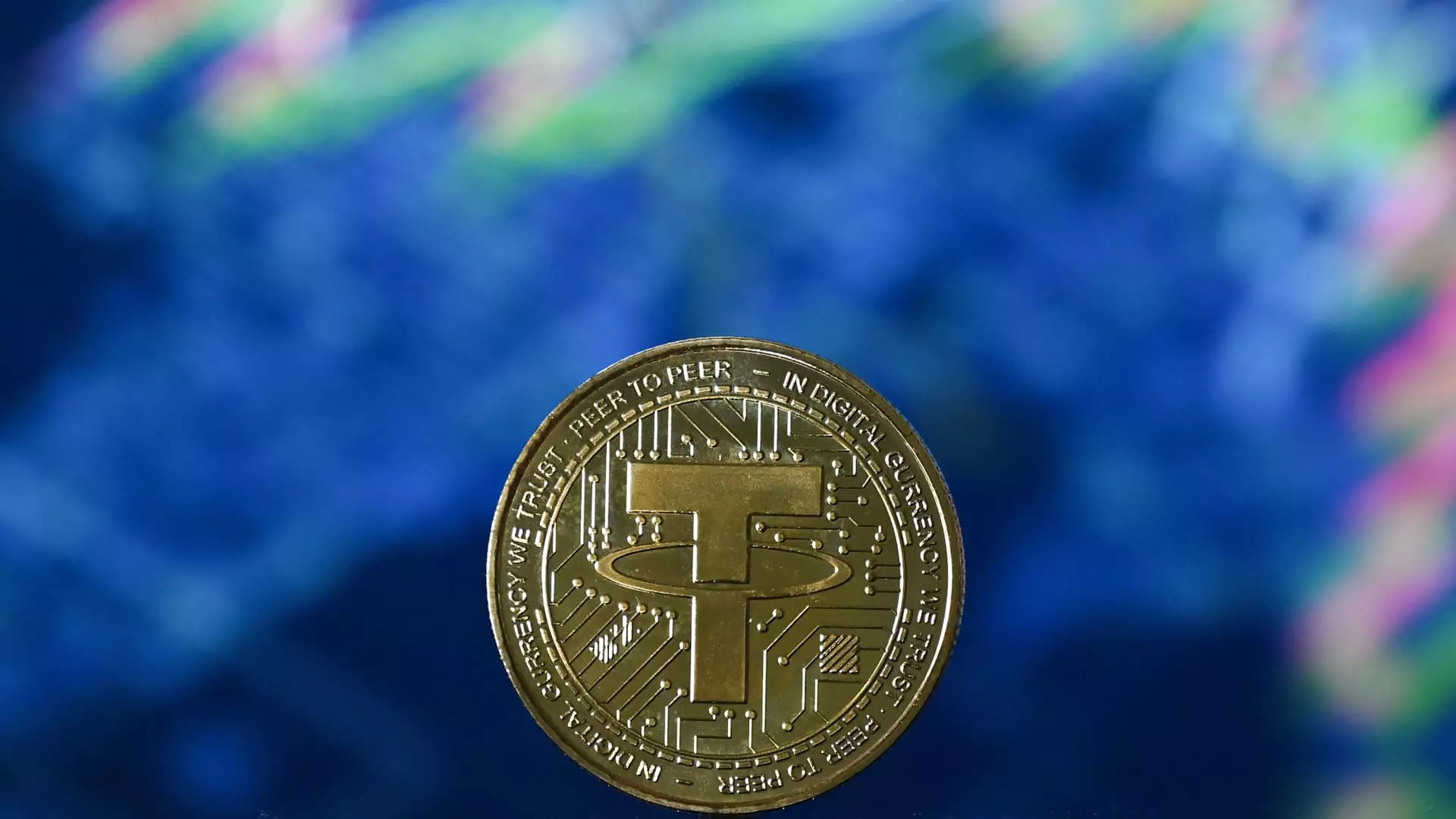The recent declaration by the Securities and Exchange Commission (SEC) regarding stablecoins is more than just regulatory clarification; it represents a pivotal moment in the ongoing saga of cryptocurrency legislation. By establishing a definition for “covered stablecoins,” the SEC has effectively drawn a line in the sand, differentiating between these digital currencies and traditional securities. According to the SEC, covered stablecoins are designed to maintain a one-to-one relationship with the U.S. Dollar, are backed by low-risk, liquid assets, and importantly, do not offer interest payments to holders. This revelation reflects a careful approach by the agency, possibly paving the way for broader adoption of stablecoins as they stand apart from the complexities governing securities.
Critics may argue that this framework creates a limit on growth and innovation. By not permitting interest payments, the SEC’s classification could stifle potential benefits for consumers who wish to earn on their investments. The definition paints a picture of a static, regulated environment, which might discourage issuers who want to explore dynamic yield-bearing opportunities. Coinbase’s CEO, Brian Armstrong, has already expressed concerns regarding this constraint, urging Congress to allow more flexibility in the regulations surrounding these financial instruments.
A Legislative Tug-of-War
As the SEC’s position settles, the legislative landscape is becoming increasingly polarized around the future of stablecoins. With competing bills in Congress, such as the Stablecoin Transparency and Accountability for a Better Ledger Economy Act (STABLE) and the Guiding and Establishing National Innovation for U.S. Stablecoins Act (GENIUS), it’s evident that lawmakers are grappling with how best to approach this burgeoning sector. On one end, there’s a push for stringent oversight and transparency, while on the other, there’s a desire to foster innovation and competition in a space that many see as integral to the future of financial transactions.
This competing narrative in Congress will shape the future of stablecoins, and therein lies an opportunity for advocates of economic freedom and innovation. By fostering a balanced regulatory environment that emphasizes both consumer protection and economic development, lawmakers could potentially enable the United States to take a leading position in the global cryptocurrency marketplace.
Stablecoins: The New Frontier of Finance
Given the SEC’s cautious stance, it’s important to recognize that stablecoins possess unique characteristics that can revolutionize financial interactions. Their stability—a critical feature—allows them to serve as a reliable medium of exchange, unlike traditional cryptocurrencies that are often volatile. As businesses and individuals begin to see stablecoins as legitimate substitutes for fiat money, there lies a tremendous potential for integration into everyday transactions.
Moreover, the allure of stablecoins is not confined to individual users. Financial institutions are taking noticed. With their ability to facilitate instant, low-fee transactions, stablecoins present an enticing alternative to traditional banking systems. Imagine a world where cross-border transfers occur in seconds, at minimal costs, devoid of the cumbersome bureaucracies of conventional banks. However, this potential will require a delicate balance between innovation and regulatory compliance to avoid fallouts like those seen in unstable markets.
The Dichotomy of Innovation and Regulation
The SEC’s recent statement underscores a crucial tension between the growth of digital assets and the necessity for governance. As acknowledged, yield-bearing stablecoins, which exceed the SEC’s stringent criteria, stand outside the traditional regulatory framework and thus fall into murky waters. This presents an undeniable opportunity for more risk-averse investors, yet it simultaneously exposes the inherent volatility and potential pitfalls of the broader cryptocurrency ecosystem.
Investors and regulatory bodies must grapple with the question: how do we design frameworks that mitigate risk while still encouraging innovation? The cryptocurrency sector is still nascent, and with growth rates soaring—11% this year alone—indifference or overly restrictive policies might result in missed opportunities that other nations could seize.
The SEC’s approach could be seen as one of safeguarding, yet it stands at a critical juncture. The hope is that by focusing on regulatory clarity for covered stablecoins, a path will emerge for more comprehensive legislation that embraces innovation without sacrificing security. Only then can institutions, investors, and regulators speak the same language and work collaboratively towards a thriving economic future.

